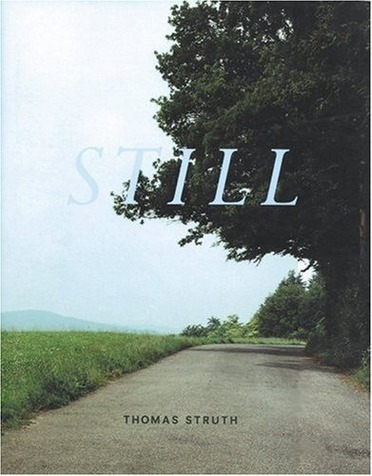










Thomas Struth is considered one of the major figures of German photography. He combines a rigorous style with a neutral, objective vision of reality and an impressively precise technique. The first major monograph on Struth to be published in the United States, Still continues a notable tradition of books by German photographers from August Sander and Albert Renger-Patzsch to Hilla and Bernd Becher, and is a beautiful survey of Struth's body of work, including stunning close-up views of flowers, restrained urban streetscapes, intimate portraits, and frenzied museum interiors.
Critic Peter Schjeldahl has written in the Village Voice: "Thomas Struth [is] one of a generation of photographers whose work is the latest strength of a German art culture that seems to have no end of aces up its sleeve
His urban shots apply Becheresque formulas of static, unpopulated (surely early-morning), shadowless views with a feel for the `typical' or `average' aspect of a subject. As if in compensation, Struth's astonishing family portraits burn with human presence." Struth began in the early 1980s to make steely black-and-white photographs of deserted city streets and decaying buildings. In recent years, his work has diversified in subject, scale, and color to embrace increasingly ambitious subjects and challenging locations. Struth has extended his urban investigation to the inhabitants and spaces of the city, from Milan to Tokyo, while his recent landscapes and portraits complete his unique vision of the alternately public and solitary conditions of being.

